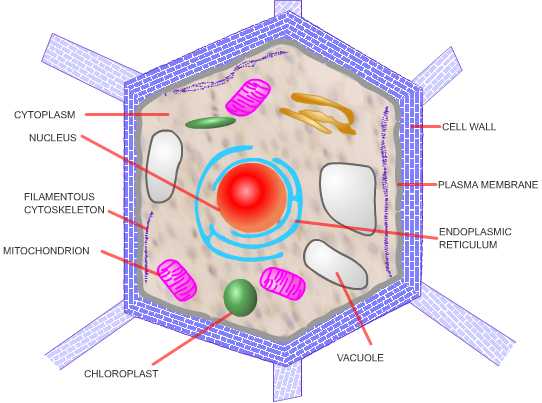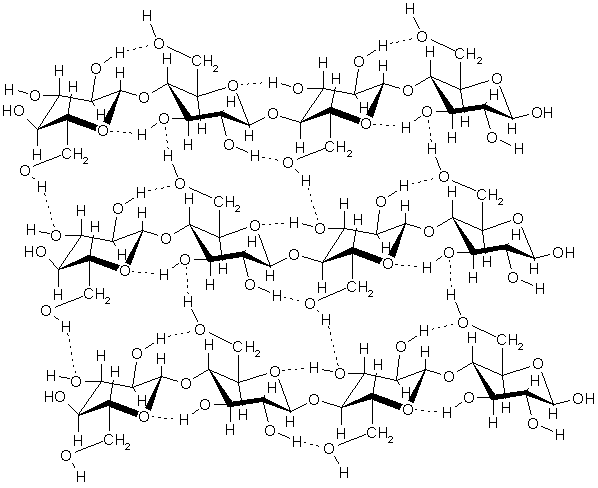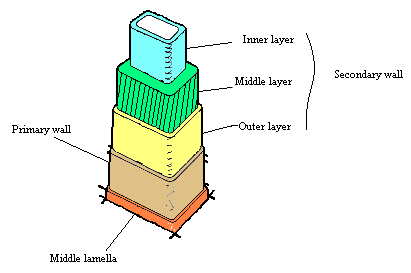The structure of wood (I)
The basic unit of wood structure is the plant cell, which is the smallest unit of living matter capable of functioning independently. The cell has many functions, such as the manufacture of proteins, polysaccharides and mineral deposits. A plant cell varies in diameter from 10–100 μm. The main difference between the plant and animal cell is that plant cells have a cell wall outside the plasma membrane, which is 0.1 to 100 μm thick. This makes the cells rigid, among other effects prohibiting the locomotion typical of animals. The cell wall supports the cell membrane, as internal pressure in the cell can be as high as 1 MPa. The plasma membrane acts as a selective barrier enabling the cell to concentrate the nutrients it has gathered from its environment while retaining the products synthesized within the cell for its own use. It is also able to excrete any waste products from the cell. The membrane is formed from amphipathic molecules i.e. one end is hydrophilic (water liking) and the other end is hydrophobic (water disliking). The nucleus is the most prominent organelle in cells and contains the genetic information (DNA) necessary for control of cell structure and function. In the cell the endoplasmic reticulum synthesises proteins and the Golgi apparatus sorts them; the proteins are then stored within the fluid cytosol. Chloroplasts contain energy-converting systems that make ATP by capturing and using the energy from sunlight. Mitochondria produce ATP from larger energy-storage molecules, such as glucose. Finally the vacuoles can store nutrients and waste products, increase the cell size if necessary, and control turgor pressure.

A plant cell
An extracellular matrix called the cell wall, which acts as a supportive framework, surrounds the plant cell. It is made of a network of cellulose microfibrils embedded in a matrix of lignin and hemicellulose, which are examples of polysaccharides. Cellulose is a polymer of 8,000 to 10,000 monomers of anhydroglucose in the form of a flat 6‑membered ring. The individual polymers are aligned in parallel and cellulose is up to 90% crystalline. Cell secretions form the matrix, and cellulose and lignin comprise the bulk of a tree’s biomass.

The structure of cellulose
The tubular cell wall has a layered structure:

Cell wall schematic
Further cells are aligned parallel to the cell shown. The middle layer is the thickest and most important, and the orientation of the cellulose microfibrils is significant. The orientation of the microfibrils has only been shown for this layer. The cell wall is approximately 50% cellulose fibrils. To toughen the structure, the fibrils are aligned at 10 to 30° to the tree trunk axis in the middle layer of the cell wall.
The open space in dry wood is approximately 50%, but can be as high as 92% in balsa wood. In green wood (freshly cut timber with over 19% moisture content) the amount of open space is less different, as some of the space is filled with water.

